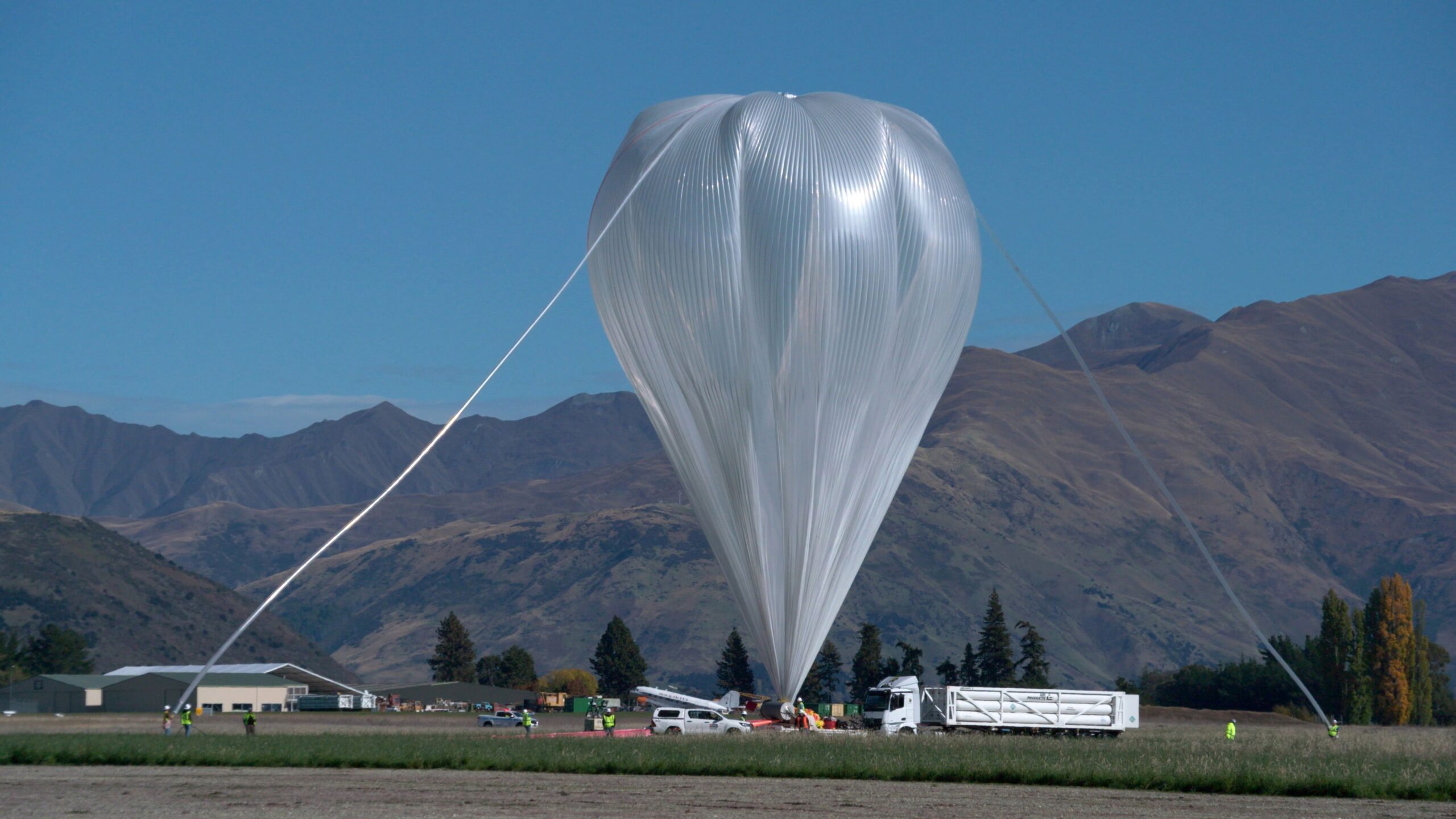
Wānaka – NASA has successfully launched a stadium-sized super pressure balloon from Wānaka airport, with Airways New Zealand safely managing its ascent to the edge of space.
Airways, New Zealand’s air navigation services provider, has worked with NASA to plan the airspace logistics for the launch of the scientific balloon, which fully inflates in flight to about the size of Dunedin’s Forsyth Barr Stadium.
The flight will test the helium-filled balloon’s super pressure technology, which is designed to maintain its internal pressure, keeping it at a constant density altitude regardless of the temperature changes between day and night.
The balloon will carry a payload of about 2.2 tonnes featuring a Princeton University space telescope which images large galaxy clusters to map dark matter.
Airways New Zealand’s general manager air traffic services Katie Wilkinson says air traffic controllers set a launch window that would minimise disruption to scheduled aircraft operations and gave the go-ahead to launch through New Zealand-controlled airspace at 11.40 am yesterday.
“The wind-propelled balloon will circumnavigate the globe at 33.5 kilometres above the earth for as long as possible, which could be up to 100 days, collecting data on the balloon itself and the Southern Hemisphere flight environment.
“It’s quite spectacular to watch – the balloon takes over an hour to inflate sufficiently to launch and a further hour to reach 18.3 kilometres which is the upper limit of controlled airspace we look after.”
NASA’s Debbie Fairbrother says Wānaka is NASA’s launch site for long-duration scientific balloon flights because of the relatively low population around the airport and its generally favourable weather conditions for launch.
“Some of the mind-blowing work planned this year includes a mission peering into space to study galaxy clusters and another looking at high-energy particles from beyond our galaxy.
“We appreciate the airspace expertise and balloon launch experience of the team at Airways in ensuring a safe and successful launch today. We are planning to collaborate on a second launch before the end of May.”
The Princeton University telescope will measure massive objects warping in space and map dark matter present in these clusters.
NASA has previously launched three super pressure balloons from Wānaka, one each year between 2015 and 2017.
Airways New Zealand has enabled more than 50 launches for organisations such as NASA and Google. In late 2021, it signed a second five-year contract with New Zealand’s Rocket Lab, including management of a special-use airspace around its electron rockets.

